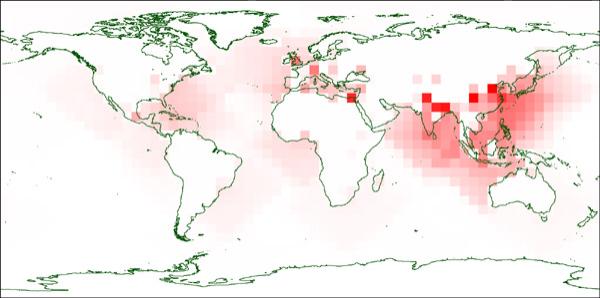Oct 9, 2007
Inflatable Mirrors on spacecraft would move asteroids fastest
Posted by Brian Wang in categories: asteroid/comet impacts, defense, existential risks, lifeboat, space
The team assessed the methods according to three performance criteria: the amount of change each method would make to the asteroid’s orbit, the amount of warning time needed and the mass of the spacecraft needed for the mission.
The method that came out on top was a swarm of mirror-carrying spacecraft. The spacecraft would be launched from Earth to hover near the asteroid and concentrate sunlight onto a point on the asteroid’s surface.
In this way, they would heat the asteroid’s surface to more than 2100° C, enough to start vaporising it. As the gases spewed from the asteroid, they would create a small thrust in the opposite direction, altering the asteroid’s orbit.
Continue reading “Inflatable Mirrors on spacecraft would move asteroids fastest” »








